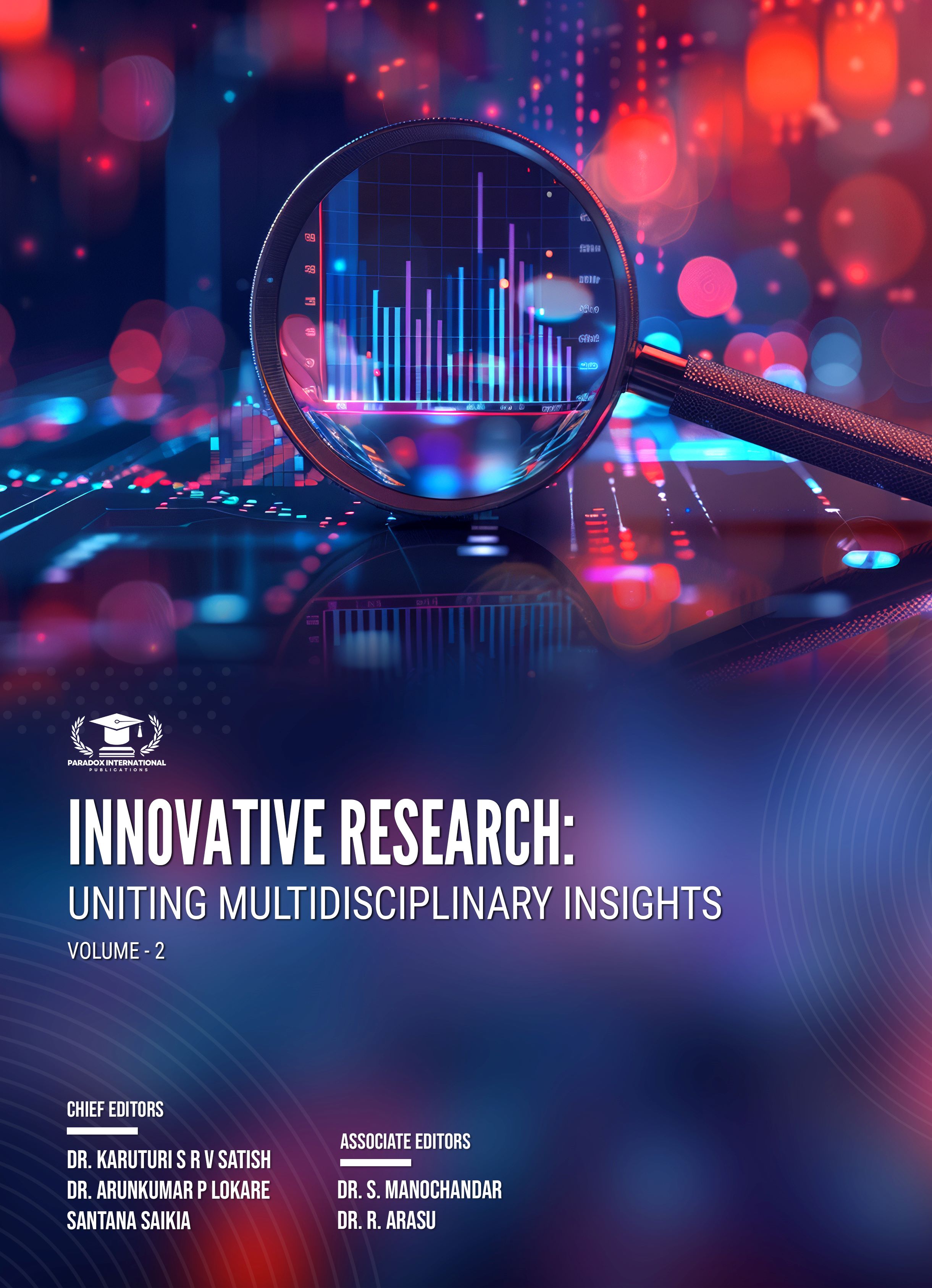AI INTEGRATION IN ELT: CHALLENGES, OPPORTUNITIES, AND FUTURE DIRECTIONS
DOI:
#10.25215/9358095784.42Abstract
The spreading of artificial intelligence (AI) systems is turning how we learn languages radically upside down, and that is happening as it makes learning more accessible, efficient, and effective. The wide range of AI inventions, including computer-assisted intelligent language learning (CALI), revolutionise educational practices as they ensure personalised interactive learning experiences. The adoption of AI technologies such as machine learning, natural language processing, and adaptive learning requires appropriate changes in teacher preparation programmes so that teachers can get prepared and properly incorporate learning methods into their teaching practices. Additionally, the lightning-quick evolution of AI in education, like what we have seen with ChatGPT, opens up a chance of doubly problematical features in teaching and assessment. It emphasises the fact that research should be continuous and milestones should be adjusted in order to take advantage of the benefits that AI brings to education while at the same time solving the ethical and technical issues that arise (Pokriváková, 2019; Lacey - Smith, 2023). The present paper delineates the challenges of integrating AI into English language teaching. It also discusses the opportunities the teachers gain through integration.Metrics
Metrics Loading ...
Published
2024-03-20
How to Cite
Garret Raja Immanuel S, Nevedha Liz Gloria. (2024). AI INTEGRATION IN ELT: CHALLENGES, OPPORTUNITIES, AND FUTURE DIRECTIONS. Redshine Archive, 11(2). https://doi.org/10.25215/9358095784.42
Issue
Section
Articles






